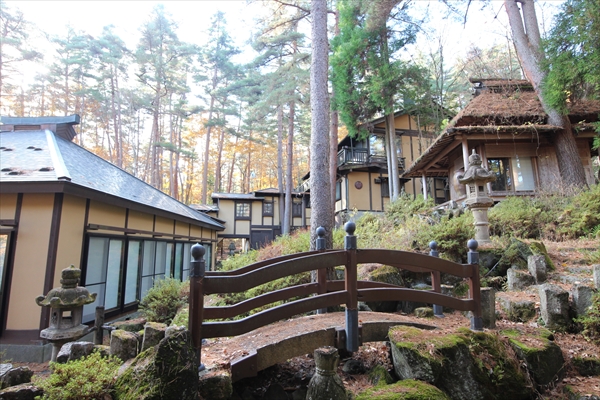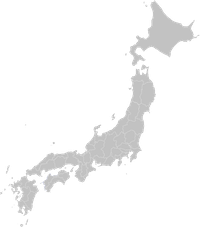
 Verify availability
Verify availabilityAdd to lists:✕

Includes hot spring. Main building: Wooden, tiled, single-story building, 279.08 m2 (84.42 tsubo), built in 1989. Separate building: Wooden, tiled, single-story building, 87.77 m2 (26.55 tsubo), built in 1989. Underfloor garage, 33.81 m2. Storage shed available.
Hodaka Kanko Co., Ltd.温泉付き。主建物:木造瓦葺平家建、279.08㎡(84.42坪)平成元年築。別棟:木造瓦葺平家建、87.77㎡(26.55坪)平成元年築。床下車庫33.81㎡。物置小屋あり。
穂高観光(株)
| Land:土地面積 | 7806 m² |
|---|---|
| Building:建物面積 | 279 m² |
| Scale:建物規模 | 1st floor1階 |
| Structure:構造 | Wooden木造 |
| Built in:建築年 | 1989 |

Japan is an enticing destination for those looking to immigrate and start a new life. It is a country that seamlessly blends rich tradition with cutting-edge modernity. One of the key factors that make Japan so attractive to prospective immigrants is the housing availability. While Japan's bustling metropolises like Tokyo, Osaka, and Kyoto offer a wide range of housing options, from modern apartments to traditional machiya, the country also faces a unique issue: a surplus of vacant houses, especially in rural areas. This provides an intriguing opportunity for immigrants to potentially acquire properties at reasonable prices, often at a fraction of what one might pay in major cities.
Japan's real estate market is diverse and can cater to various budgets. While cities like Tokyo tend to be on the higher end of the spectrum, there are still affordable options to be found in the suburbs and smaller towns. This inclusivity in housing costs allows immigrants to select a location that suits their financial circumstances.